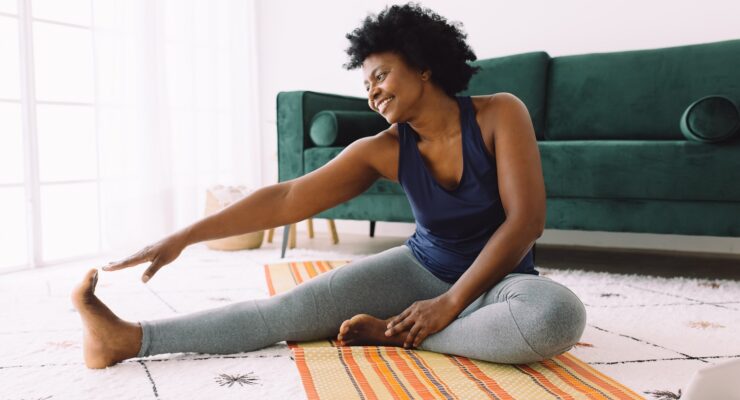Sunscreen: The ABCs of SPF, UVA and UVB
Article posted in: Lifestyle
The numbers are stark: over the past 30 years, more Americans have had skin cancer than all other types of cancer combined. So says the Skin Cancer Foundation, which further estimates that one in five Americans will develop skin cancer over the course of their lifetime. You can minimize your risk, by avoiding exposure to bright sunlight and by covering up exposed body parts. Using sunscreen is also an essential part of skin protection, because it helps prevent the sun’s ultraviolet (UV) radiation from reaching your skin. In fact daily use of a sunscreen with a skin protection factor (SPF) of 15 or higher can reduce the risk of developing squamous cell carcinoma, one type of skin cancer, by 40 percent, and melanoma, another type, by 50 percent.
We’ve all heard that spending time in the sun increases our chances of developing skin cancer. That’s because radiation from the sun damages the skin’s cellular DNA, resulting in genetic mutations associated with skin cancer. There are two types of radiation that contribute to skin cancer, UVB and UVA. UVB damages the skin’s superficial layers, and is the primary culprit behind sunburn. UVA, which damages skin cells in the deeper layer of the epidermis, plays a major role in skin aging and wrinkling.
So it’s obvious: You should wear sunscreen. But a trip to the sunscreen aisle of the local pharmacy presents you with a bewildering array of choices. So which one should you choose? We shed some bright light on what to look for when making your selection.
What is SPF, and what number is best for me?
Short for sun protection factor, SPF measures a sunscreen’s ability to prevent UV rays from damaging skin. According to the Skin Cancer Foundation, you should always use sunscreens with an SPF no lower than 30, because these block about 97 percent of the sun’s rays. Keep in mind that while higher number SPFs block slightly more, no sunscreen can prevent 100 percent of the rays from penetrating skin. It’s also important to note that sunscreens with high SPFs do not last any longer than those with low SPFs, so be sure to reapply all sunscreens, regardless of SPF, at least every two hours.
What other elements should I look for?
Broad spectrum sunscreens, which protect the skin from UVA and UVB rays―both associated with skin cancer—are optimal, according to the American Academy of Dermatology. It’s also important to look for sunscreens that are water resistant if you are planning to swim or sweat. Although recent U.S. Food and Drug Administration (FDA) regulations prohibit manufacturers from describing sunscreens as “waterproof” or “sweatproof” because none are 100 percent effective in these regards, the SPF level of water resistant sunscreens remain effective after 40 to 80 minutes in the water. Just remember: you’ll still need to reapply these sunscreens regularly.
How much do I need?
Most people apply only 25 to 50 percent of the recommended amount of sunscreen, reports the American Academy of Dermatology. Although the exact amount you need depends upon your body size, a good rule of thumb is to aim for about one ounce―enough to fill a shot glass. Make sure to apply it about 15 minutes before you head outside, and bring enough along with you so you can reapply it regularly.
Does sunscreen cause vitamin D deficiency?
Since skin synthesizes vitamin D in response to UV light, some experts argue that getting five to ten minutes of unprotected UV exposure can be effective in helping prevent Vitamin D deficiency. However, other experts argue that the risk of sun exposure far outweighs these benefits, and point to the effectiveness of dietary sources of vitamin D, like salmon, vitamin-D fortified orange juice or milk, and other enriched products. If you’re worried you may not be getting enough vitamin D through your diet, your safest bet is to take a multivitamin containing 600 units of vitamin D rather than chancing unprotected sun exposure.
Ok, so if I follow all of these recommendations, am I officially practicing safe sun?
Using sunscreen as part of a comprehensive approach is a great start to skin cancer prevention. But be careful you don’t rely too heavily on it. Some studies have suggested that people often obtain a false sense of protection from sunscreen, which can lead to an increased incidence of sunburns. In two European studies, people who used SPF 30 sunscreen sunbathed 19 to 25 percent longer than those using SPF 10. In a Danish study, 66 percent of people experiencing sunburn had used sunscreen to prolong their sunbathing time. The takeaway? While sunscreen can be helpful in protecting you from the sun, it isn’t an excuse to extend your sunbathing.






